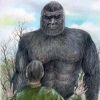Leaderboard
Popular Content
Showing content with the highest reputation since 12/10/2025 in Posts
This leaderboard is set to New York/GMT-05:00




Showing content with the highest reputation since 12/10/2025 in Posts